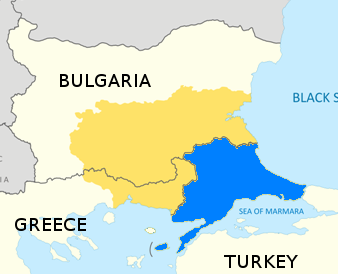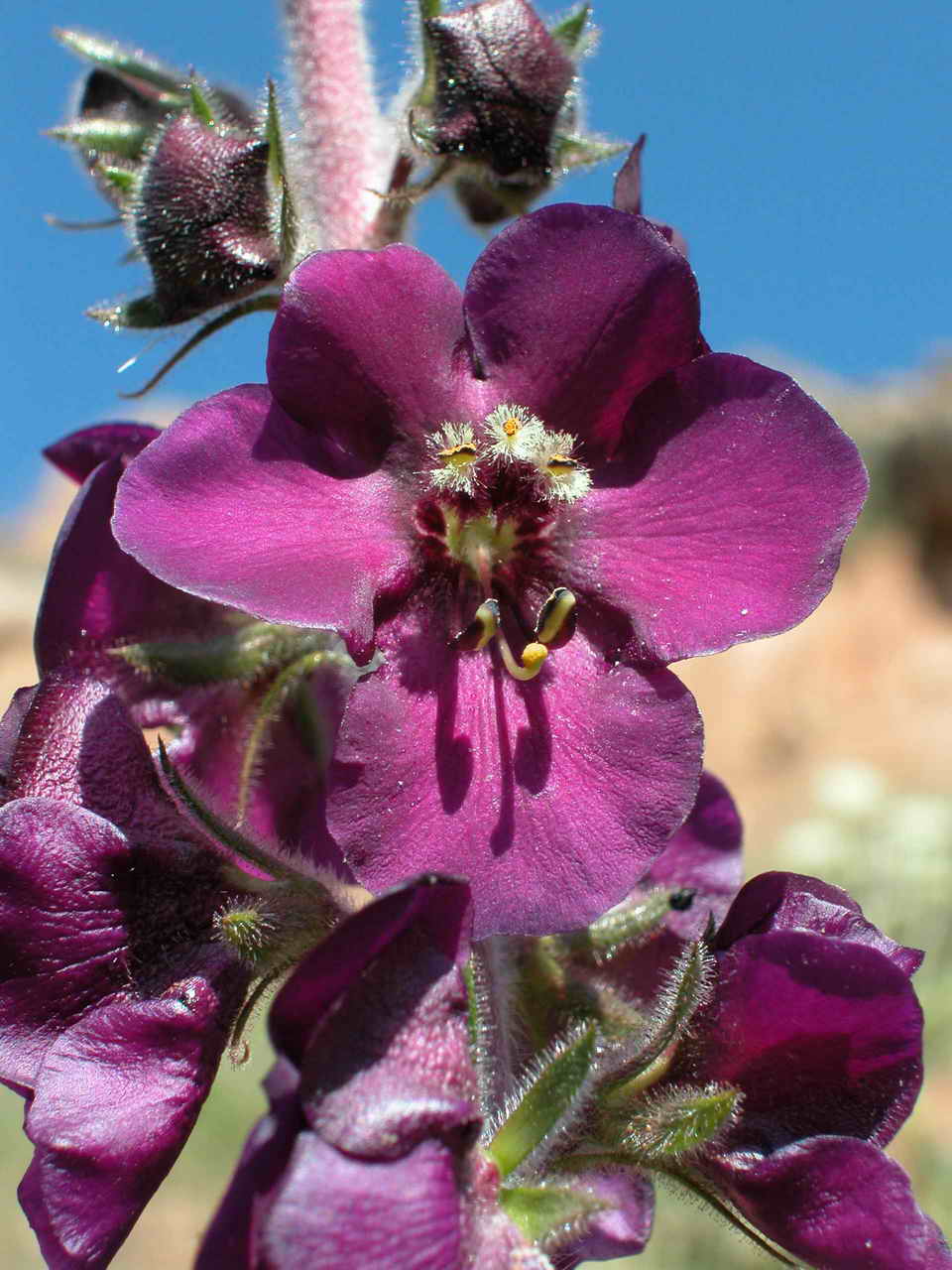|
Satureja Coerulea
''Satureja coerulea'', called blue savory, is a species of flowering plant in the genus '' Satureja'', native to Bulgaria, Romania, and Turkey, including East Thrace. A perennial reaching 25cm, it has gained the Royal Horticultural Society's Award of Garden Merit The Award of Garden Merit (AGM) is a long-established annual award for plants by the British Royal Horticultural Society (RHS). It is based on assessment of the plants' performance under UK growing conditions. History The Award of Garden Merit ... as an ornamental. It prefers to grow in limestone and granite soils on exposed rocky slopes. References Lamiaceae Flora of Bulgaria Flora of Romania Flora of Turkey Plants described in 1891 {{Lamiaceae-stub ... [...More Info...] [...Related Items...] OR: [Wikipedia] [Google] [Baidu] |
Viktor Janka
Viktor Janka von Bulcs, often shortened to ''Viktor Janka'' (24 December 1837 in Vienna - 9 August 1890 in Budapest) was an Austrian military officer and botanist. He worked as the officer of a Cuirassier regiment (armoured cavalry soldiers) for the Imperial Austrian Army until 1870. He was then named curator of the botanical department of the Budapest National Museum. He ceased working for the museum in 1889 and died one year later in the same city. Janka had collected many botanical specimens throughout the Austro-Hungarian Empire and his types are housed in the herbarium of the Babeș-Bolyai University in Romania. He discovered and described several plant species, including the Hungarian crocus (''Colchicum hungaricum''). The monotypic relict genus ''Jankaea'', the orchid species ''Himantoglossum jankae'' and ''Chamaecytisus jankae ''Chamaecytisus'' is a genus of flowering plants in the legume family, Fabaceae. It belongs to the subfamily Faboideae. It may be a synon ... [...More Info...] [...Related Items...] OR: [Wikipedia] [Google] [Baidu] |
Satureja
''Satureja'' is a genus of aromatic plants of the family Lamiaceae, related to rosemary and thyme. It is native to North Africa, southern and southeastern Europe, the Middle East, and Central Asia. A few New World species were formerly included in ''Satureja'', but they have all been moved to other genera. Several species are cultivated as culinary herbs called savory, and they have become established in the wild in a few places. Description ''Satureja'' species may be annual or perennial. They are low-growing herbs and subshrubs, reaching heights of . The leaves are long, with flowers forming in whorls on the stem, white to pale pink-violet. Ecology and cultivation ''Satureja'' species are food plants for the larva of some Lepidoptera (butterflies and moths). Caterpillars of the moth ''Coleophora bifrondella'' feed exclusively on winter savory (''S. montana''). Savory may be grown purely for ornamental purposes; members of the genus need sun and well-drained soil. Uses B ... [...More Info...] [...Related Items...] OR: [Wikipedia] [Google] [Baidu] |
East Thrace
East Thrace or Eastern Thrace ( tr, Doğu Trakya or simply ''Trakya''; el, Ανατολική Θράκη, ''Anatoliki Thraki''; bg, Източна Тракия, ''Iztochna Trakiya''), also known as Turkish Thrace or European Turkey, is the part of Turkey that is geographically a part of Southeast Europe. It accounts for 3.4% of Turkey's land area but comprises 15% of its total population. The largest city of the region is Istanbul, which straddles the Bosporus between Europe and Asia. East Thrace is of historic importance as it is next to a major sea trade corridor and constitutes what remains of the once-vast Ottoman region of Rumelia. It is currently also of specific geostrategic importance because the sea corridor, which includes two narrow straits, provides access to the Mediterranean Sea from the Black Sea for the navies of five countries: Russia, Ukraine, Romania, Bulgaria, and Georgia. The region also serves as a future connector of existing Turkish, Bulgarian, and Gre ... [...More Info...] [...Related Items...] OR: [Wikipedia] [Google] [Baidu] |
Royal Horticultural Society
The Royal Horticultural Society (RHS), founded in 1804 as the Horticultural Society of London, is the UK's leading gardening charity. The RHS promotes horticulture through its five gardens at Wisley (Surrey), Hyde Hall (Essex), Harlow Carr (North Yorkshire), Rosemoor (Devon) and Bridgewater (Greater Manchester); flower shows including the Chelsea Flower Show, Hampton Court Palace Flower Show, Tatton Park Flower Show and Cardiff Flower Show; community gardening schemes; Britain in Bloom and a vast educational programme. It also supports training for professional and amateur gardeners. the president was Keith Weed and the director general was Sue Biggs CBE. History Founders The creation of a British horticultural society was suggested by John Wedgwood (son of Josiah Wedgwood) in 1800. His aims were fairly modest: he wanted to hold regular meetings, allowing the society's members the opportunity to present papers on their horticultural activities and discoveries, to ... [...More Info...] [...Related Items...] OR: [Wikipedia] [Google] [Baidu] |
Award Of Garden Merit
The Award of Garden Merit (AGM) is a long-established annual award for plants by the British Royal Horticultural Society (RHS). It is based on assessment of the plants' performance under UK growing conditions. History The Award of Garden Merit is a mark of quality awarded, since 1922, to garden plants (including trees, vegetables and decorative plants) by the United Kingdom, Royal Horticultural Society (RHS). Awards are made annually after plant trials intended to judge the plants' performance under UK growing conditions. Trials may last for one or more years, depending on the type of plant being analyzed, and may be performed at Royal Horticulture Society Garden in Wisley and other gardens or after observation of plants in specialist collections. Trial reports are made available as booklets and on the website. Awards are reviewed annually in case plants have become unavailable horticulturally, or have been superseded by better cultivars. Similar awards The award should not b ... [...More Info...] [...Related Items...] OR: [Wikipedia] [Google] [Baidu] |
Lamiaceae
The Lamiaceae ( ) or Labiatae are a family of flowering plants commonly known as the mint, deadnettle or sage family. Many of the plants are aromatic in all parts and include widely used culinary herbs like basil, mint, rosemary, sage, savory, marjoram, oregano, hyssop, thyme, lavender, and perilla, as well as other medicinal herbs such as catnip, salvia, bee balm, wild dagga, and oriental motherwort. Some species are shrubs, trees (such as teak), or, rarely, vines. Many members of the family are widely cultivated, not only for their aromatic qualities, but also their ease of cultivation, since they are readily propagated by stem cuttings. Besides those grown for their edible leaves, some are grown for decorative foliage. Others are grown for seed, such as '' Salvia hispanica'' (chia), or for their edible tubers, such as '' Plectranthus edulis'', '' Plectranthus esculentus'', ''Plectranthus rotundifolius'', and ''Stachys affinis'' (Chinese artichoke). Many are al ... [...More Info...] [...Related Items...] OR: [Wikipedia] [Google] [Baidu] |
Flora Of Bulgaria
Flora (: floras or florae) is all the plant life present in a particular region or time, generally the naturally occurring ( indigenous) native plants. The corresponding term for animals is ''fauna'', and for fungi, it is ''funga''. Sometimes bacteria and fungi are also referred to as flora as in the terms ''gut flora'' or ''skin flora''. Etymology The word "flora" comes from the Latin name of Flora, the goddess of plants, flowers, and fertility in Roman mythology. The technical term "flora" is then derived from a metonymy of this goddess at the end of the sixteenth century. It was first used in poetry to denote the natural vegetation of an area, but soon also assumed the meaning of a work cataloguing such vegetation. Moreover, "Flora" was used to refer to the flowers of an artificial garden in the seventeenth century. The distinction between vegetation (the general appearance of a community) and flora (the taxonomic composition of a community) was first made by Jules Thurman ... [...More Info...] [...Related Items...] OR: [Wikipedia] [Google] [Baidu] |
Flora Of Romania
The flora of Romania comprises around 3,450 species of vascular plants, which represents around 30% of the vascular flora of Europe. The three major vegetation zones in Romania are the alpine, steppe, and forest zones. The latter can be subdivided (depending on soil, climate, and altitude) into regions dominated by the Norway Spruce, European Beech, and various species of Oak, together with less widespread vegetation types such as the Dinaric calcareous block fir forest. The Danube Delta is the largest continuous marshland in Europe. Vegetation in the marshland is dominated by reeds, with Willow, Poplar, Alder, and Oak on the higher ground. In 1991, this area became part of the UNESCO list of World Heritage Sites. The delta supports 1,688 different plant species. The meadow-steppe grassland areas of Romania are also species-rich, but endangered. Among the flora of Romania are medicinal plants such as '' Arnica montana'', '' Primula veris'', '' Tussilago farfara'', and '' ... [...More Info...] [...Related Items...] OR: [Wikipedia] [Google] [Baidu] |
Flora Of Turkey
about 9300 species of vascular plant were known to grow in Turkey. By comparison, Europe as a whole contains only about 24% more species (about 11500), despite having thirteen times the area. The most important reasons for the high plant biodiversity are believed to be the relatively high proportion of endemics, together with the high variety of soils and climate of Turkey. Endemism A third of Turkish plant species are endemic to Turkey: one reason there are so many is because the surface of Anatolia is both mountainous and quite fragmented. In fact, the Anatolian mountains resemble archipelagos like the famous Galapagos Islands. Since Darwin we know that geographic isolation between islands or separated mountains is an important means of speciation, leading to high spatial diversity. For Anatolia this assumption is confirmed by concentrations of endemism on highly isolated and relatively old massifs such as Uludağ and Ilgaz Dağ, whereas very young volcanic cones such ... [...More Info...] [...Related Items...] OR: [Wikipedia] [Google] [Baidu] |





